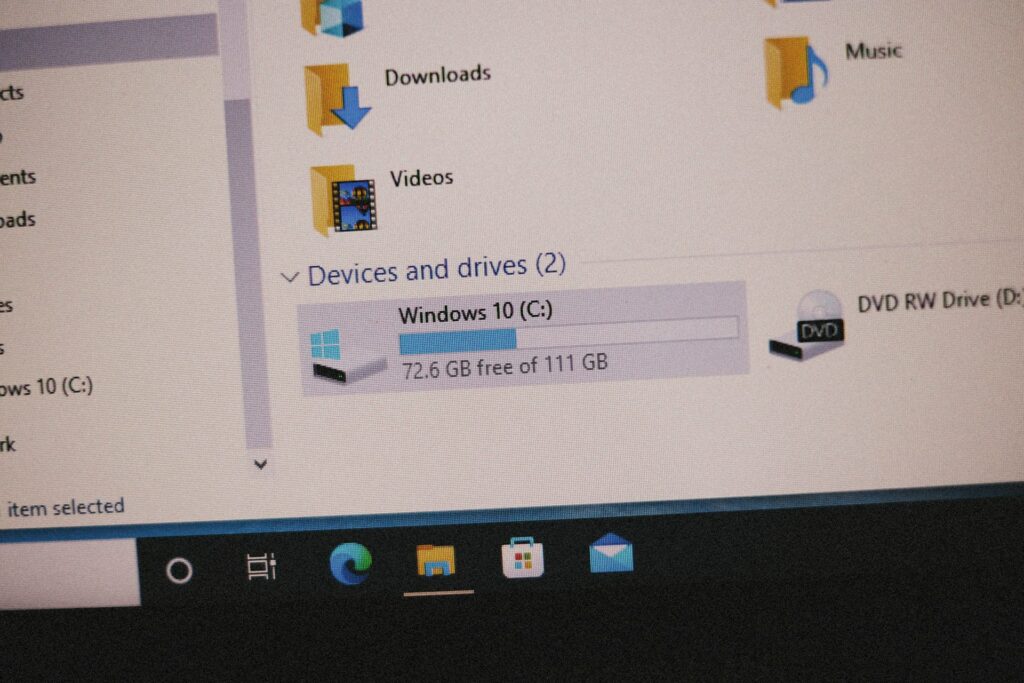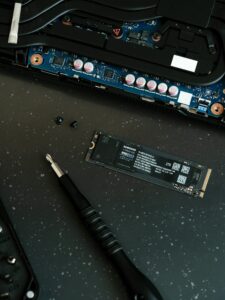The Step-by-Step Guide to Fixing Faulty System Files

The Step-by-Step Guide to Fixing Faulty System Files
The corruption of system files may result in sluggish performance, technical failures, and even crashes of the system. The occurrence of these difficulties takes place when key Windows files get corrupted or disappear as a result of power outages, viruses, failed upgrades, or hardware problems. In a fortunate turn of events, Windows comes equipped with a number of built-in programs that can detect, fix, and restore these files to their initial condition.
What’s the Root Cause of System File Corruption?
Corruption may occur for a variety of different causes. It is possible for key system files to be damaged by a number of factors, including sudden power loss during updates, faulty shutdowns, defective storage sectors, and malware assaults. Through the passage of time, these problems lead to the malfunctioning of programs, the failure of upgrades, or the instability of the system. After the repairs have been completed, it is helpful to be aware of these reasons so that you can avoid further harm.
Symptoms of System Files That Have Been Corrupted
In the event that system files get damaged, you may see that applications often crash, that some functionalities, such as the Start Menu or Taskbar, do not react, or that the system displays weird error messages. Additional indications include the absence of icons, a sluggish startup process, and unexpected blue screen problems. In most cases, these symptoms indicate that Windows is unable to access or execute certain key components in an appropriate manner.
SFC, or the System File Checker, is being executed.
The System File Checker is the first and easiest method for repairing corruption in a computer system. Your computer will be scanned for system files that are either missing or damaged, and it will automatically update those files with the right versions.
First, open the Command Prompt while logged in as Administrator, and then enter the following command:
scannow / sfc and
While you wait for the scan to complete, press the Enter key. It may take several minutes for this procedure to complete, depending on the speed of your system. When everything is finished, Windows will inform you whether or not any problems were discovered and whether or not they were fixed. It is possible that you may need to use a more advanced repair program such as DISM if some files cannot be repaired.
Restoring the Windows System Image Through the Use of DISM
The Deployment Image Servicing and Management (DISM) command is able to fix the underlying system image that SFC depends on in situations when the SFC utility is unable to restore files.
Once again, the Command Prompt should be opened in Administrator mode, and the following commands should be entered in order:
Cleanup-Image / CheckHealth / DISM in the Online World
ScanHealth, DISM, Cleanup-Image, and Online for Health
To restore health, go to DISM’s online Cleanup-Image page.
There is a check for corruption in the first command, a more in-depth scan in the second command, and a repair in the third command. Restart your computer when this procedure has been completed, and then run the sfc /scannow command once again to verify that everything has been recovered.
Using CHKDSK to do a check on the hard drive
Errors in the file system or faulty sectors on your hard disk might sometimes be the source of the corruption. In order to fix these issues, Windows comes with a program called Check Disk (CHKDSK).
Using the Administrator account, open the Command Prompt and type:
Check chkdsk C: /f /r
At the time of the subsequent restart, you will be prompted to schedule a scan. Enter Y, and then restart your computer. Windows is going to examine your disk for faults and will automatically correct them if it finds any.
Making Use of System Restore
It is possible to restore your computer to a former functional condition using System Restore if the corruption of the system started relatively recently. Please open the Control Panel, go to Recovery, and then pick Open System Restore from the menu that appears. First, choose a restore point that was generated before the problem began, and then follow the instructions that appear on the screen.
During this procedure, your personal data will not be affected; however, any recent software and upgrades that may have been the source of the corruption will be removed.
Carrying out an Installation and Repair Work
There is a possibility that a repair installation will be required if the corruption is too severe for SFC or DISM to cure. After downloading and using the official Windows installation application, pick Upgrade this PC now from the menu that appears. Choose to keep your personal files and applications when prompted.
The process reinstalls Windows while simultaneously replacing any system files that are corrupted or missing, all without erasing any of your data. In addition to preserving the integrity of your system, it is one of the most secure methods for repairing severe corruption.
Conducting a search for virus
As a rule, malicious software intentionally corrupts system files. In order to prevent the issue from occurring again, it is recommended to do a comprehensive system scan using Windows Security or another reliable antivirus product. Restart SFC and DISM after eliminating any infections to fix any harm that may have been left behind.
Reducing the Risk of Future Corruption
To ensure that the corruption does not occur again, you should always ensure that Windows is properly shut down, that your system is kept up to date, and that you do not stop any installs or upgrades. A surge protector or uninterruptible power supply (UPS) may also safeguard your personal computer from a sudden loss of power.
System files that are corrupted might be a source of unending aggravation; nevertheless, Windows offers all that is necessary to repair them in a secure manner. As long as SFC, DISM, and CHKDSK are executed in the correct order, it is possible to address the majority of issues without having to reinstall the operating system. For many years to come, you will be able to maintain your system in good condition and functioning smoothly if you practice safe use practices, do routine maintenance, and keep it updated.




